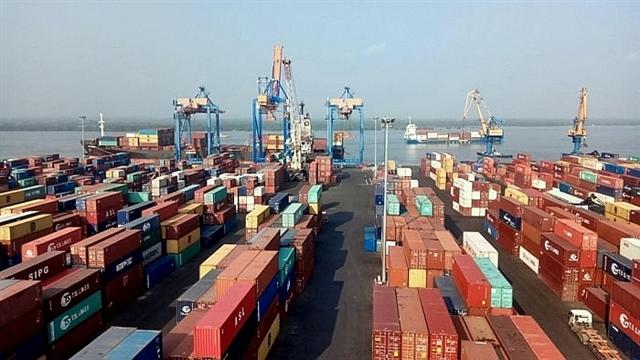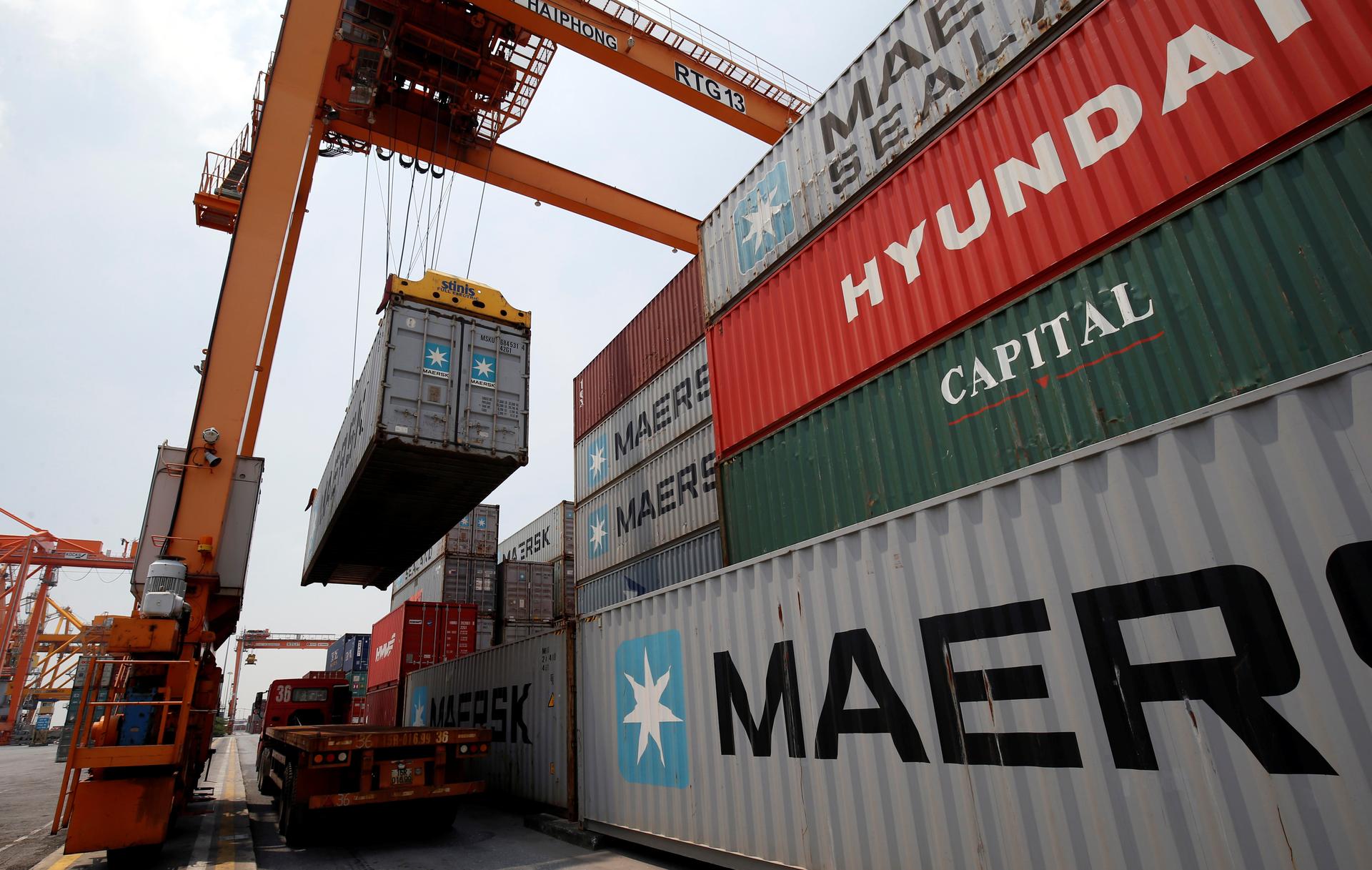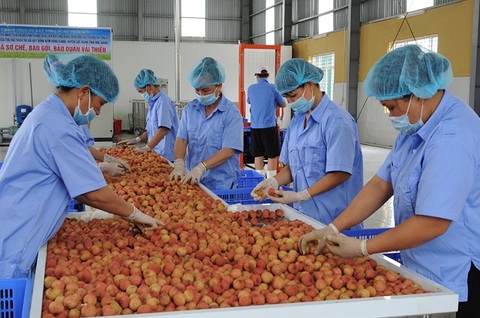First time turndown in first-half export turnover
First time turndown in first-half export turnover
Over the course of the past two quarters, Vietnam's export-import turnover declined by 2.1 per cent on-year to $238.4 billion, the very first instance of decrease.

Export turnover in the first half was down 1 per cent – which is still a historical first
|
According to statistics published by the General Department of Vietnam Customs, the export turnover shrank by $121.21 billion, down 1.1 per cent on-year, 34 per cent of which came from domestic enterprises, up 11.7 per cent, while foreign-invested enterprises made up 66 per cent, down 6.7 per cent.
In June only, the export turnover was estimated at $21 billion, up 9.5 per cent compared to the month prior, while the figure for the second quarter declined by 9 per cent on-year.
22 sectors acquired export value upwards of $1 billion, making up 81.2 per cent of the total export turnover.
The United States was the largest export market of Vietnam in the first half with an increase of 10.3 per cent on-year. The runners-up were China (up 17.4 per cent) and the EU (down 8.8 per cent).
Regarding import turnover, the total value was estimated at $117.17 billion, down 3 per cent on-year. Domestic enterprises reported an increase of 0.1 per cent, while foreign-invested enterprises saw a trade deficit of 5.4 per cent.
In June only, the import turnover was $20.5 billion, up 12.8 per cent on-month, while the second-quarter figure dropped by 9.1 per cent on-year.
In spite of a 2.2 per cent decline on-year, China was the largest import market of Vietnam. Imports from the South Korean market decreased by 10 per cent, the ASEAN were down 12 per cent, and Japan were up 5.3 per cent.
In stark contrast, the total import-export turnover in the first six months of 2019 was estimated at $245.48 billion, the highest ever level six-month figure.It is noteworthy that fruit and vegetable exports remained solid, with over $2 billion in this period.
The General Department of Vietnam Customs claimed that much of the reduction in performance was due to the impact of COVID-19, which led to the restriction of trade and decrease in consumption, difficult customs clearance, disrupting about and operations at businesses, and a sharp decrease in goods consumption.
























